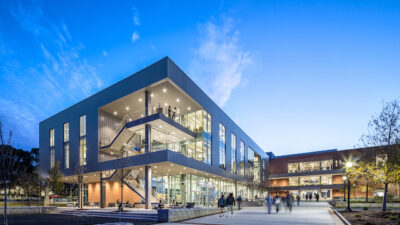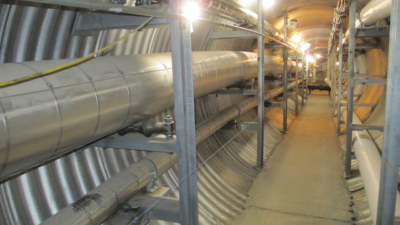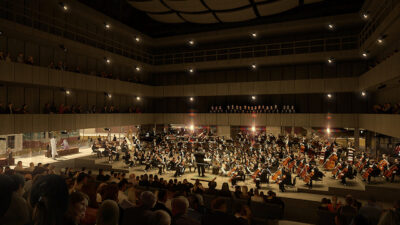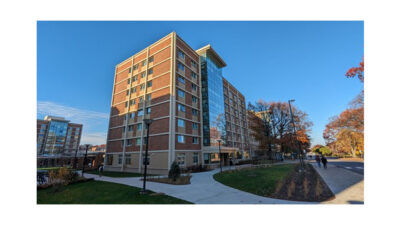The world is getting more high-tech, and the colleges and universities preparing students to work in an increasingly advanced environment must keep pace. Energy-efficient and high-performance buildings often are requested by clients.
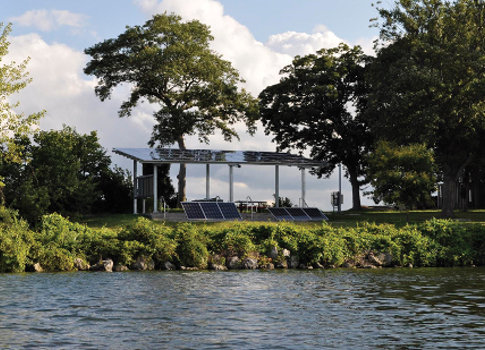
Respondents
- David P. Callan, PE, Vice President, McGuire Engineering, Chicago
- Michael Chow, PE, CxA, LEED AP BD+C, Member/Owner, Metro CD Engineering, LLCPowell, Ohio
- Essi Najafi, FE, Principal, Global Engineering Solutions, Bethesda, Md.
- Mike Walters, PE, LEED AP, Principal, Confluenc, Madison, Wis.
CSE: Many aspects of sustainability (power, HVAC, maintenance, etc.) require building personnel to follow certain practices to be effective. What, if anything, can you as an engineer do to help increase chances of success in this area?
Najafi: In complying with goals for LEED certified buildings (LEED certified, LEED Silver, and LEED Gold), we have coordinated and provided design services to comply with light pollution, lighting controls, on-site renewable energy, and overall energy efficiency requirements to comply with state, government, USGBC, and IECC requirements on various projects. As engineers, we can inquire about the building owner’s intentions to meet these requirements and coordinate with the architect and design team accordingly from the initial stage through the final stages of design up to and including construction. For plumbing systems, it’s important to specify the consistent adherence to scheduled inspections and manufacturer recommended maintenance procedures. We also need to specify that the various system component manufacturers provide the facility personnel with the appropriate system operational training.
CSE: Please share a success story in which you were able to deliver a highly sustainable project to a college/university client.
Najafi: One recent project included a building addition and adjacent renovations using the U.S. Dept. of Veterans Affairs Sustainable Design and Energy Reduction Manual as a guide to develop the selection of materials that have a reduced impact on the environment, enhance indoor air quality, conserve water, and reduce operational cost through reduction in energy consumption. Some of the energy conservation measures implemented included daylight harvesting in perimeter zones, daylight fixtures for interior zones, enhanced thermal and moisture resistance, high-performance windows, dedicated outside air with enthalpy energy recovery, demand control ventilation, heat recovery chiller, variable primary chilled water system, solar thermal hot water system, solar PV panels for on-site electricity generation, and cooling coil condensate reclamation system. The project used an integrated design team and practices to provide compliance with the sustainable design manual to achieve a higher LEED rating. Most notably, the project as designed will exceed EPAct 2005 by 42% over ASHRAE 90.1-2004 standard, including the as-designed HVAC system with heat recovery chiller, solar domestic hot water (DHW), and PV systems.
